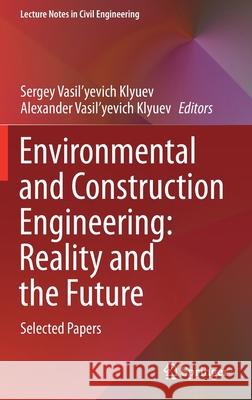Environmental and Construction Engineering: Reality and the Future: Selected Papers » książka
topmenu
Environmental and Construction Engineering: Reality and the Future: Selected Papers
ISBN-13: 9783030751814 / Angielski / Twarda / 2021 / 390 str.
Environmental and Construction Engineering: Reality and the Future: Selected Papers
ISBN-13: 9783030751814 / Angielski / Twarda / 2021 / 390 str.
cena 928,04
(netto: 883,85 VAT: 5%)
Najniższa cena z 30 dni: 886,75
(netto: 883,85 VAT: 5%)
Najniższa cena z 30 dni: 886,75
Termin realizacji zamówienia:
ok. 22 dni roboczych
Bez gwarancji dostawy przed świętami
ok. 22 dni roboczych
Bez gwarancji dostawy przed świętami
Darmowa dostawa!
Kategorie:
Kategorie BISAC:
Wydawca:
Springer
Seria wydawnicza:
Język:
Angielski
ISBN-13:
9783030751814
Rok wydania:
2021
Wydanie:
2021
Numer serii:
000798671
Ilość stron:
390
Waga:
0.74 kg
Wymiary:
23.39 x 15.6 x 2.39
Oprawa:
Twarda
Wolumenów:
01
Dodatkowe informacje:
Wydanie ilustrowane











